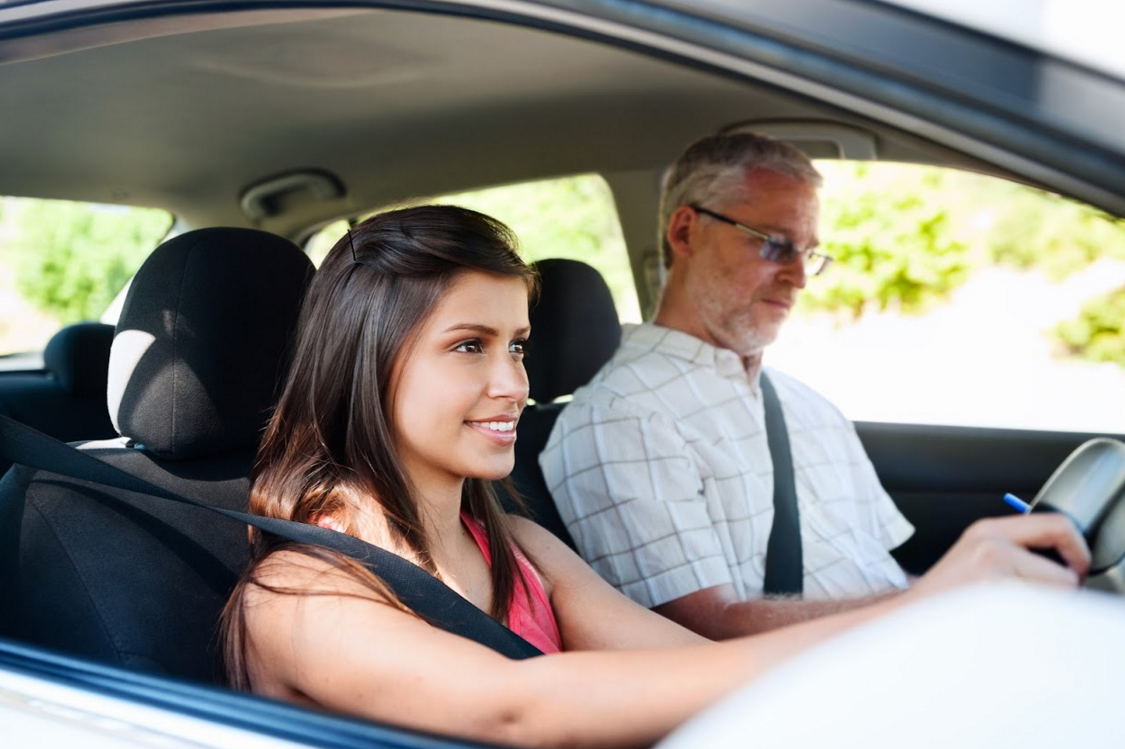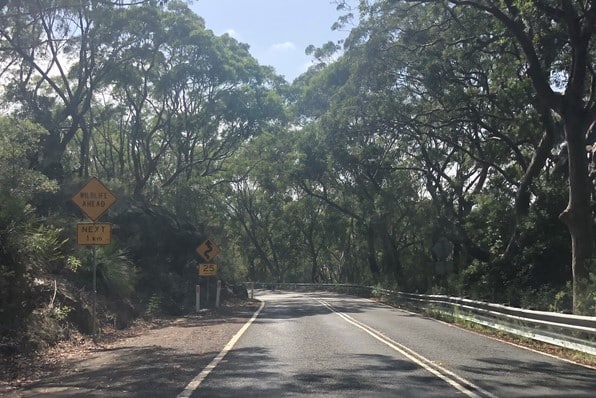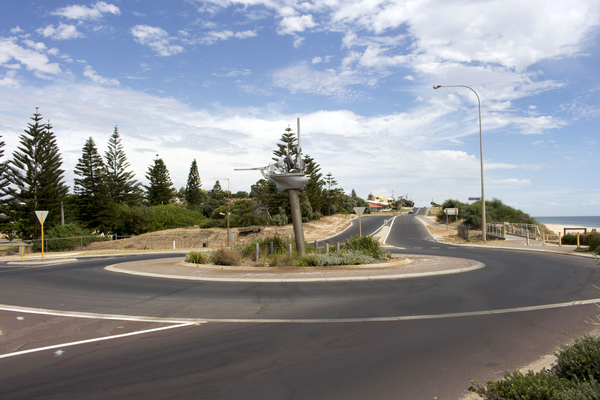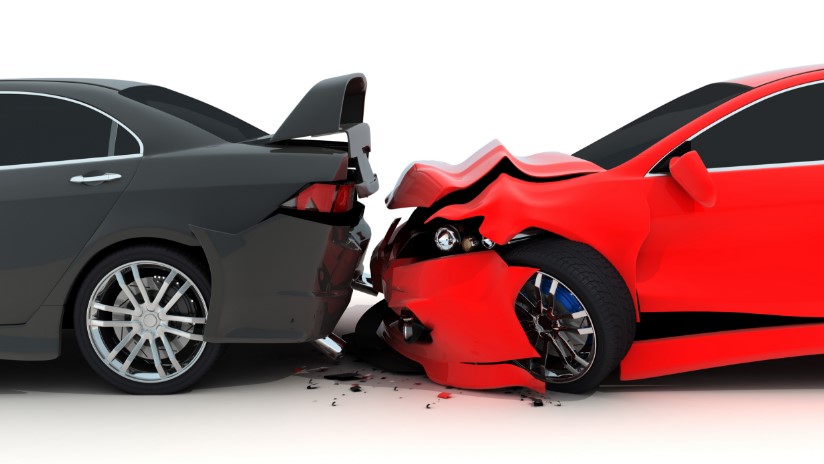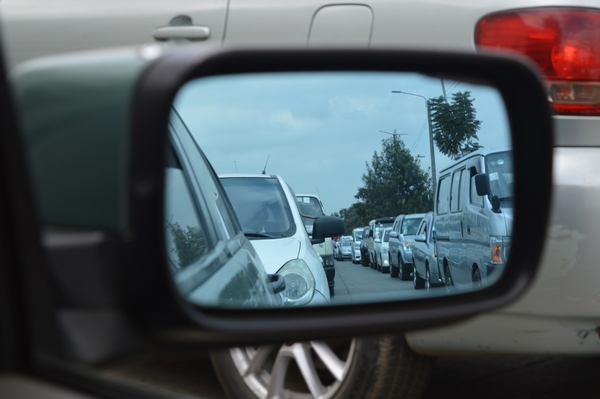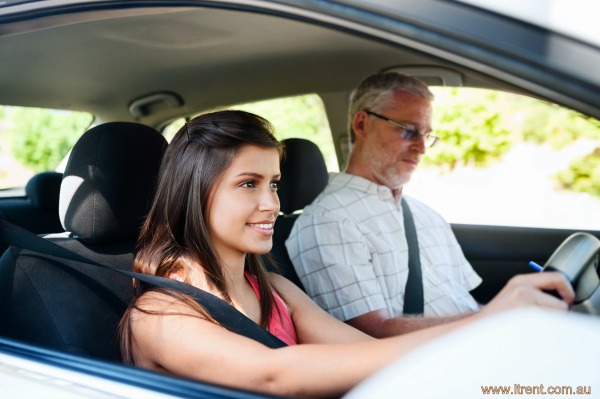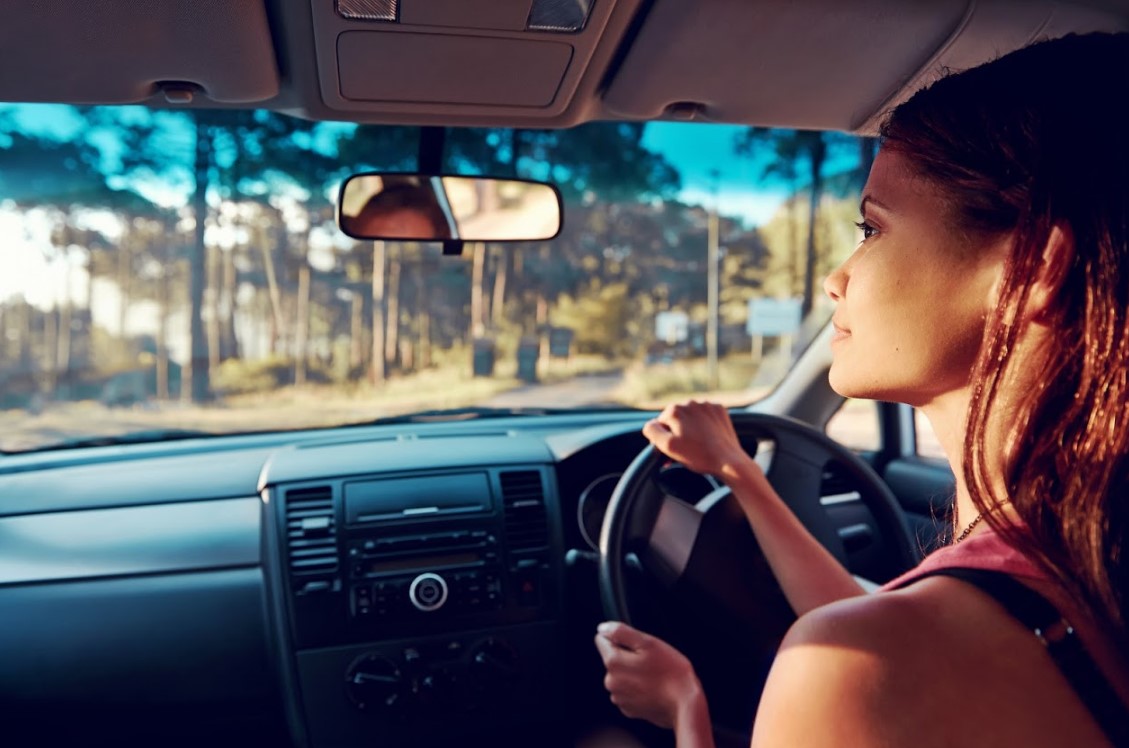We’ve all heard the term “blind spot” before, but what does it actually mean when it comes to driving? In this article, we’ll discuss what blind spots are, how to identify them, and what you can do to avoid them. Stay safe out there!
What Are Blind Spots?
Blind spots are areas around a vehicle that the driver cannot see, either in the rearview or side mirrors or by simply looking over their shoulder. Because of their location, blind spots can pose a serious safety hazard, as they can easily obscure other vehicles, cyclists, or pedestrians.
Blind spots can vary in size depending on the type of vehicle. For example, larger vehicles such as trucks and SUVs tend to have larger blind spots than smaller vehicles such as cars.
Dealing With Blind Spots
While blind spots are an inherent part of driving, there are some steps that you can take to minimise their impact. Here are some tips for dealing with your blind spots:
Know Where Your Blind Spots Are Located
You can’t improve your blind spot awareness if you don’t know where they are. So first things first, take inventory of where your blind spots are located. For most people, the biggest blind spot is directly behind their vehicle. Another common blind spot is at the periphery of our vision; objects that are far to the left or right may fall outside of our field of view.
Once you know where your blind spots are, you can start taking steps to mitigate them.
Adjust Your Mirrors Properly
Before driving, make sure your main mirrors are properly adjusted. They should be positioned so that you can see the entire width of your vehicle in them. You may also want to consider tilting them slightly downward so you can see the roadway behind you more clearly. In addition, be sure to use your rearview mirror when changing lanes or making turns.
Look Over Your Shoulder
Another way to reduce blind spots is to simply look over your shoulder before changing lanes or making a turn. This may seem like a simple task, but it can make a big difference in terms of safety.
Use Turn Signals
This is an obvious one, but it is worth repeating. Turn signals are there for a reason– to let other drivers know what you’re planning to do. Failing to signal can cause serious accidents, especially if another driver is in your blind spot. Make it a habit to always use your turn signals, even if there doesn’t seem to be any other traffic around.
When Should You Check Your Blind Spots?
The best time to check your blind spots is actually before you even get behind the wheel. That’s right, even before you start driving, you should take a moment to familiarise yourself with your car’s blind spots. This can be done by simply walking around your car and looking at where the mirrors are positioned. You should also check your blind spots before changing lanes, when merging onto a highway, and when making a turn.
The Ltrent Driving School Method
Want to improve your driving skills? The Ltrent Driving School offers a variety of courses to fit your needs. We have everything from beginner to advanced driving courses, and our experienced instructors are here to help you every step of the way. For NSW learner drivers the Safer Drivers Course is also a great way to get theory and practical driving lessons. Contact us today to learn more.
